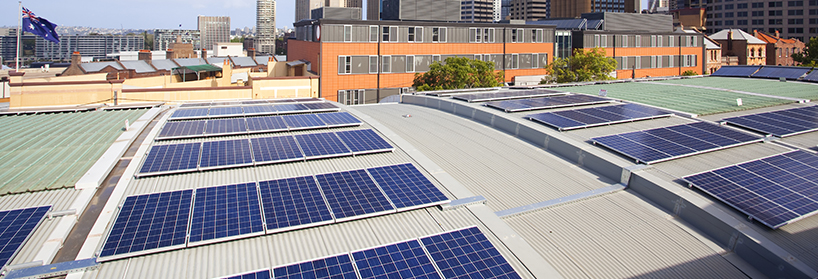Home » Blog » Grid Modernization » The Evolution of DERMS
The Evolution of DERMS
The energy industry is rapidly evolving. Changes that used to take decades are rolling out so quickly that in many cases, regulations are struggling to keep up. Spurred in part by shifting consumer demand, expectations, and motivations, break-through innovations are transforming the grid while creating challenges that are confounding most utilities. As a company founded on the principle that our customers are at the heart of everything we do—from product design to delivery and every moment in between—our goal is to create and adapt solutions not only to keep up with this pace-setting evolution but more importantly, to seamlessly respond to what is next.
No matter the changes that are happening and will continue to happen, if there’s one constant, it is the recognition that grid reliability and quality of service must be maintained at all times. This has not always been easy and it is now even more difficult especially with the development, growth, and increasing adoption of distributed energy resources. The balance of electricity supply and demand must be maintained at all times down to a fraction of seconds. With the variability introduced by renewable energy resources, both at the wholesale and retail level, this task takes on new forms.
With proper visibility and the capability to control, the same renewable sources of energy as well as the capabilities to manage customers’ demand can be used to help manage the electricity transmission and distribution system while delivering the reliability and quality of servcie that customers have come to expect from their electricity providers. You may be familiar with Load Management Systems (LMS), Demand Response Management Systems (DRMS), or if you are really up-to-date, Distributed Energy Resource Management Systems (DERMS). But what are the differences?
Let us break it down for you.
LMS is the traditional and most basic system of the three and it has been in use for several decades. Its main objective was to lower system load using one way communication. Most Load Management Systems drop loads blindly with no feedback from load control devices. The only measureable response from the field is the fact that the load is lowered.
DRMS appeared on the scene with the advent of “Smart Grid” in the early 2000s. Now with the advancing metering infrastructures and the capability for two-way communication, utilities are replacing Load Management Systems with Demand Response Management Systems. A DRMS provides the capability to receive information from load control devices and perform functions such as determining the availabilities of these resources for control as well as the capability to surgically control customers’ load at selected locations in the grid.
DERMS has gained momentum in recent years due to increasing proliferation of renewable sources of generation as well as capabilities to store energy at the customer level. The idea is to provide visibility and the capability control to all customer side capabilities (load reduction, on-site generation such as solar PV, or storage such as batteries). Essentially, DERMS encompasses all DRMS and LMS functions and has some additional capabilities as well.
So there you have it, the evolution of how DERMS came to be. What does the future hold? We have a few things up our sleeves. Learn more about OATI DERMS Solution and stay tuned to OATI so you do not miss the next breakthrough in grid services technology.
- October 18, 2017
